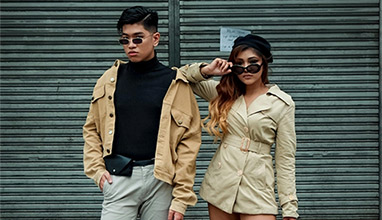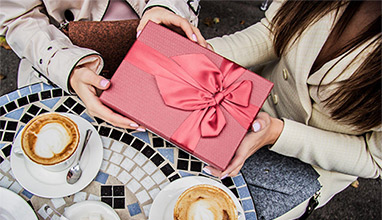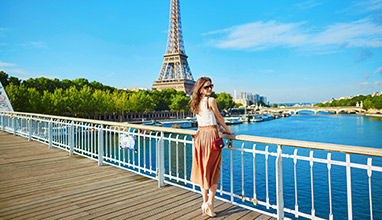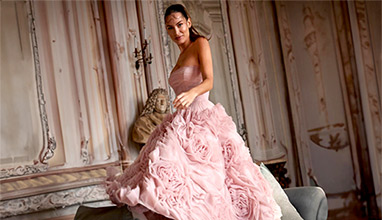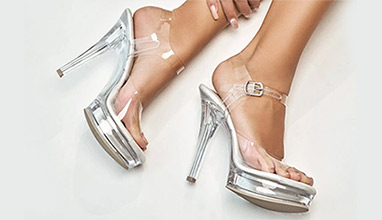Renaissance dresses - an easy way to emphasize your aristocracy
The most outstanding artistic achievements, architectural wonders, advances in science and medicine, numerous innovations, and inspiration for several generations were all hallmarks of the Renaissance.
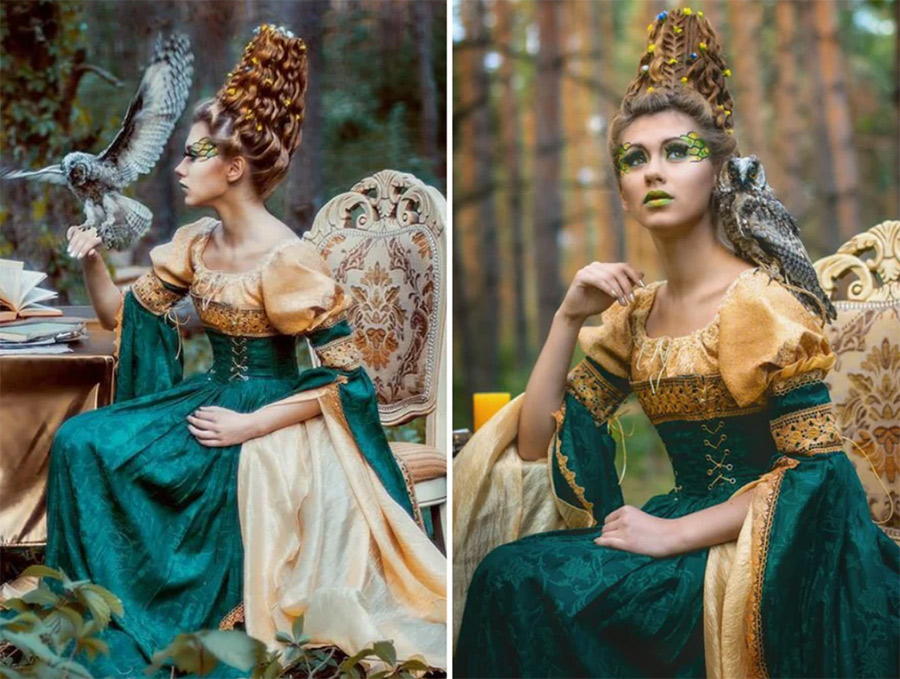
At that time, fashion was not wholly disassociated from the opulent style and significantly influenced the creation of Renaissance dress. The rich Renaissance fashion replaced drab Gothic and functional clothes of the Middle Ages. Europe wanted to transform both public and cultural life. Europeans started reviving the old-fashioned ideal of a peaceful, attractive individual. Perfection and harmony were hallmarks of Renaissance fashion.
It was one of the most significant eras in the development of global culture. A revitalized interest in humanity, the beauty of the human form, a love of nature, a desire for knowledge and discovery, and the blossoming of science, art, and literature are characteristics of the Renaissance.
Features of dresses in different parts of the world
European nations exhibit a wide range of Renaissance attire. It is a tall, flowing silhouette in Italy and a rigid triangle-based structure in Spain. German women's clothing is form-fitting. The elements of the Spanish, German, and Italian Renaissance costumes are incorporated into the French Renaissance costume. Italian Renaissance women's clothing is limited in form, influenced by a fascination with antiquity, undulating harmonious dress, and looks wealthy due to textiles' incredibly gorgeous and exquisite diversity. Principal characteristics of the dresses are as follows:
- The necklines and emphasis on the waist of Renaissance and Tudor-era garments were more ornate than those of the Middle Ages.
- These gowns also frequently featured oversized sleeves and fitted bodices that added volume and defined waists.
- The chest and hips received more attention. In the late Middle Ages, this fad first emerged.
- A square neckline and broad cuffs became popular in England for the first time.
- Dark textiles and stiff shapes defined late Renaissance Spanish clothing. The ideal appearance for women should be as streamlined as possible, rejecting and stifling any natural body contours.
One distinguishing element from that period is the usage of detachable tie sleeves in women's outfits. For women, revealing an underdress poking out from behind the sleeve ties was a unique delicacy. In different ages and places, these sleeves were known by other names. In the Renaissance, oversized, puff, and mutton ham sleeves were becoming more common in women's clothing. But it was in Renaissance-era clothing when a big sleeve first became visible. Urban fashion is taking off, and every woman wants to stand out. She desires that her dress stand out from the others and be more distinctive.
Ideal dress of the Renaissance
A woman's garment was shirred in the 15th century to produce symmetrical broad tails that matched the serene rhythm of Renaissance architecture. The attire of the Gothic era was form-fitting and dropped gracefully from the sharp shoulders. It started to take on volume and corporeality now.
At this point, the design started to firmly distinguish women's clothes into a bodice with a long skirt and a little oval cutout, frequently fastened with laces. The bodice and skirt have a balanced ratio. Therefore, the fashion represented its ideal: the harmony between all body parts. The architecture of Renaissance towns, which is tailored to the measure of man, exhibits the same patterns. Renaissance fashion theorists claimed that clothing should be expensive, especially for ladies. It is apparent not just in the designs and expensive materials but also in the design.
Hits: 1905 | Leave a comment
Tags:Renaissance dresses, fashion, style tips







